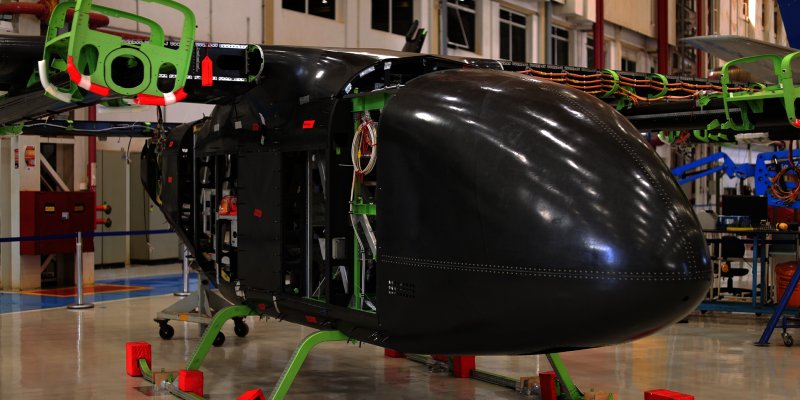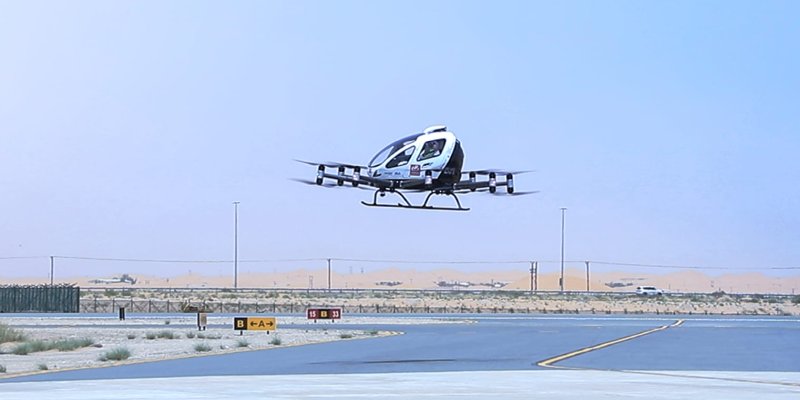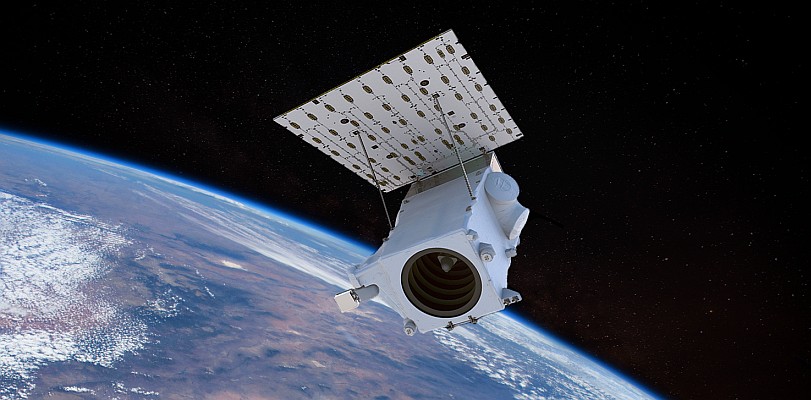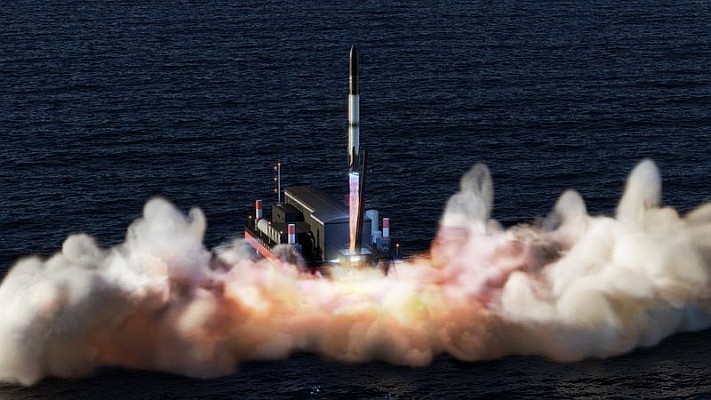The NOAA-N Prime spacecraft, a Polar Operational Environmental Satellite (POES), is being prepared for launch from Vandenberg Air Force Base aboard a United Launch Alliance Delta 2 rocket on February 4, 2009.
NOAA-N Prime is the latest and final spacecraft in the Advanced TIROS-N (ATN) satellite series. All have been designed and built for the National Aeronautics and Space Administration (NASA) and the National Oceanic and Atmospheric Administration (NOAA) by Lockheed Martin since the first Television and Infrared Observational Satellite (TIROS) weather satellite launch in April 1960.
Most of the spacecraft in the series have operated far longer than originally expected, earning them a reputation as the workhorse of the civil space Earth-imaging inventory.
A constellation consists of two POES satellites circling the planet in nearly north-south orbits. As the Earth rotates, the entire globe, one swath at a time rolls into view of the satellites’ instruments.
Following the launch and a comprehensive on-orbit verification period that lasts 45 days, NASA will turn operational control of the satellites over to NOAA. NOAA will operate the satellites from the Satellite Operations Control Center in Suitland, Md., along with the nation’s other environmental satellites that it operates.
NOAA’s environmental satellite system is composed of two types of satellites: Geostationary Operational Environmental Satellites (GOES) for national, regional, short-range warning and "now-casting"; and Polar Operational Environmental Satellites (POES) for global, long-term forecasting and environmental monitoring. Both GOES and POES are necessary for providing a complete global weather monitoring system. Both also carry search and rescue instruments to relay signals from people in distress.






